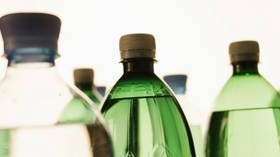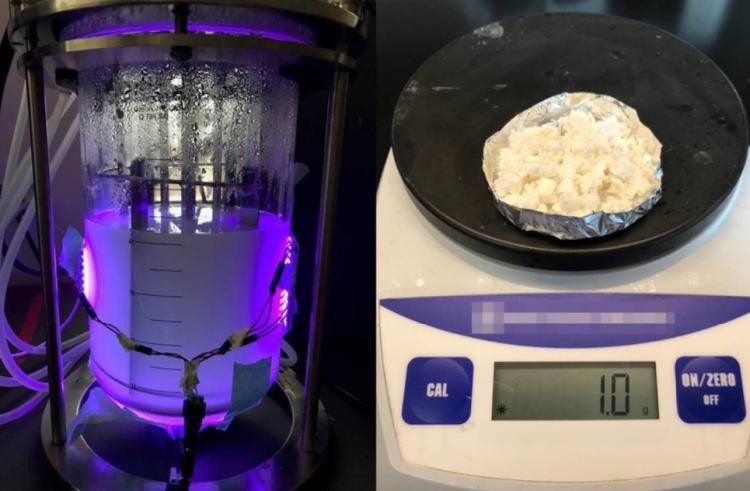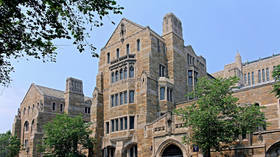Eco-friendly plastics & fuels can be made by CO2-chomping bacteria (PHOTO)

In a stunning breakthrough for the environment, scientists have developed a way to make organisms convert CO2 into biodegradable plastics, gas and biodiesel, paving the way for eco-friendly chemical manufacturing.
A team from the University of Colorado Boulder successfully developed ‘living factories’ of light-powered nanobio-hybrid organisms that eat CO2 and nitrogen and turn them into biodegradable plastic, fuel and biodiesel.
“The innovation is a testament to the power of biochemical processes,”said lead author Prashant Nagpal, adding this could one day replace carbon-intensive manufacturing.

The researchers used light-activated quantum dots, which are tiny semiconductors like the ones found in televisions, that can be injected into cells and are designed to attach to enzymes and activate them using specific light wavelengths.
Once triggered, the cells consumed CO2 and nitrogen without needing an energy source to carry out the biochemical conversion. Red wavelengths were used to trigger the microbial to consume CO2 to produce plastic, while green wavelengths caused them to consume nitrogen to produce ammonia.
Also on rt.com India’s trash mountain will be 'bigger than the Taj Mahal by 2020' (VIDEO)The microbes release the resulting product to the surface of water, where it can be collected and used for manufacturing. The team envisions an ideal future in which homes and businesses would pipe their CO2 emissions into holding ponds where microbes would convert them.
Think your friends would be interested? Share this story!














